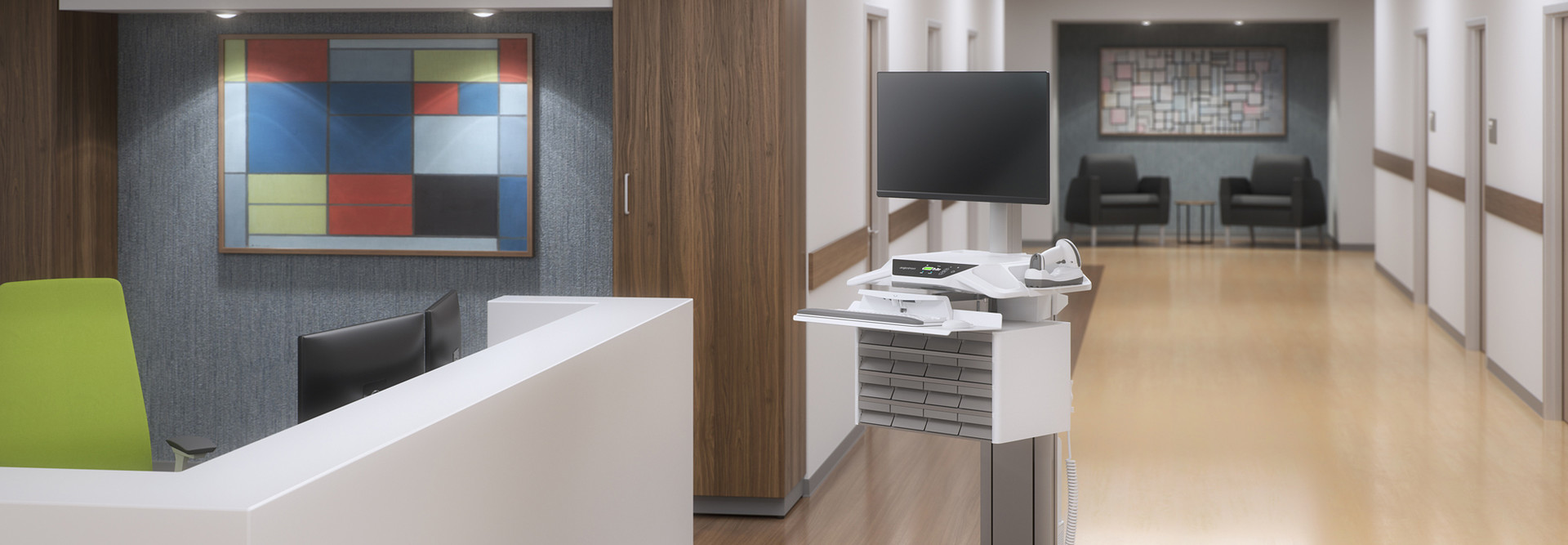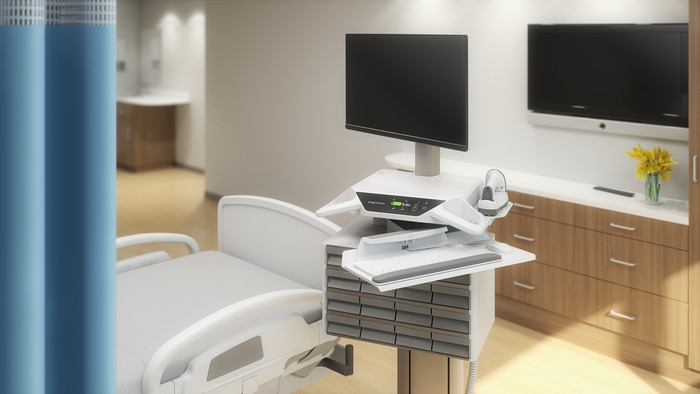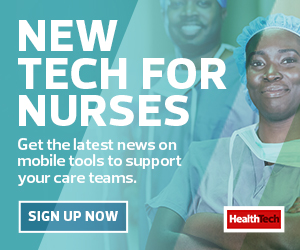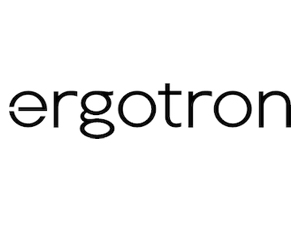Mobile workstations have long provided the resources for clinicians to document and treat patient conditions at the point of care.
Easy to maneuver, these carts help doctors and nurses reduce fatigue by eliminating extra steps and increasing time with patients as they enter electronic medical record data. The carts are also vital in medication dispensing and numerous other workflows, and allow users to install vendor-agnostic barcode scanners, printers, monitors, keyboards and mice.
“Medical carts give healthcare organizations flexibility as they care for patients now and prepare for future needs,” says Mark Brandenhoff, general manager for healthcare at Ergotron, a maker of ergonomic technology solutions for the workplace.
As hospitalizations continue to rise during the COVID-19 pandemic and teams work to provide critical care in new places, medical carts — and their expanding capabilities — have become even more valuable.
“You can roll a cart anywhere it’s needed, even out into the parking lot,” Brandenhoff says. “That has been especially important this year as hospitals set up COVID-19 remote triage locations. You don’t have to run extension cords or use a generator to power the cart.”
He spoke more about key benefits of these valuable tools and why they matter now:
DISCOVER: Learn more about Ergotron’s mobile medical cart solutions, available through CDW.
1. Extended Battery Life (and Easy Swaps) for Long Shifts
Many Ergotron mobile medical carts let hospital workers “hot swap” the lithium-iron phosphate batteries — removing and replacing them while the equipment is still running — without interruption during rounds. This continuous battery life and mobility allows carts to be used at drive-through COVID-19 testing sites, for example.
For healthcare professionals who suffer disruptions to their workflow when they must restart their PCs to go to another power outlet, or if a hospital suffers an outage, battery power is a convenient alternative.
“If the power goes out, one of the biggest complaints we have from clinicians is it takes a long time to restart a computer and get everything up and running,” Brandenhoff says. “They have to log back in, and it’s a very time-consuming effort that can lead to ‘power anxiety’ during future shifts.”
2. Purpose-Driven Design That Supports Constant Cleanings
Just as robots use UV light to clean hospital rooms, carts can deploy similar technology. Soon, some Ergotron medical carts will offer optional UV Angel technology that can reduce bacteria on surfaces by 99 percent.
UV light “breaks the DNA chain of any given pathogen, whether it’s a virus or bacteria, and essentially reduces 99 percent of pathogens on the surface of the keyboard,” Brandenhoff says.
With the CareFit Pro Medical Cart, clinicians are able to maintain the triangle of care between user, patient and the cart.
Physical design also matters. Released this year, Ergotron’s CareFit Pro Medical Cart keeps cables tucked inside to make them easier to clean. The cart also features smooth surfaces to enable easy and effective sanitation.
“Putting all of those cables within the unit supports infection control and reduces the potential for healthcare-associated infections, which can drive pathogen transmission,” Brandenhoff explains. “Cracks, crevices and lots of places for things to hide have been eliminated.”
3. Flexibility of Motion for Optimal Use and Comfort
In most hospitals, clinicians usually stand at a medical cart, but the CareFit Pro design allows users to sit as well. “The extra rest benefits clinicians, who may walk between 10 and 12 miles per day doing rounds,” Brandenhoff says.
An electric lift option allows healthcare professionals to adjust the height of the cart’s screen at the push of button, and keyboard and monitor mobility boost ergonomics for optimal use and comfort.
“The 180 degrees of rotation, for both the keyboard and the display, allows clinicians to maintain that triangle of care between user, patient and the cart,” Brandenhoff says. He added that Ergotron’s patented Constant Force technology facilitates easy movement and monitor positioning on the cart.
“It’s the same force throughout the full range of motion,” Brandenhoff says. “If you apply 10 pounds of force to the handle, it's the same force required to move it throughout its full length of travel, both up and down.
4. Intuitive Fleet Management Tools to Improve Workflows
Cloud-based software now allows healthcare institutions to keep close tabs on the locations and needs of their medical cart fleet. Ergotron’s medical carts support eKinnex software, a proactive fleet management tool that tracks metrics on battery life and drawer access. IT staff can monitor an entire fleet with an eye on power management.
“The great thing is that this allows real-time information exchange between the cart and a portal in the cloud for holistic management of the fleet,” Brandenhoff says.
Future capabilities will allow Ergotron support staff to spot problems with carts and notify hospitals when they occur by studying data in the cloud.
“We will be able to get ahead of system issues so that the clinician never has to worry about entering a ticket, and IT staff don’t have the administrative burden of trying to identify the problem,” Brandenhoff says.
Brought to you by:














